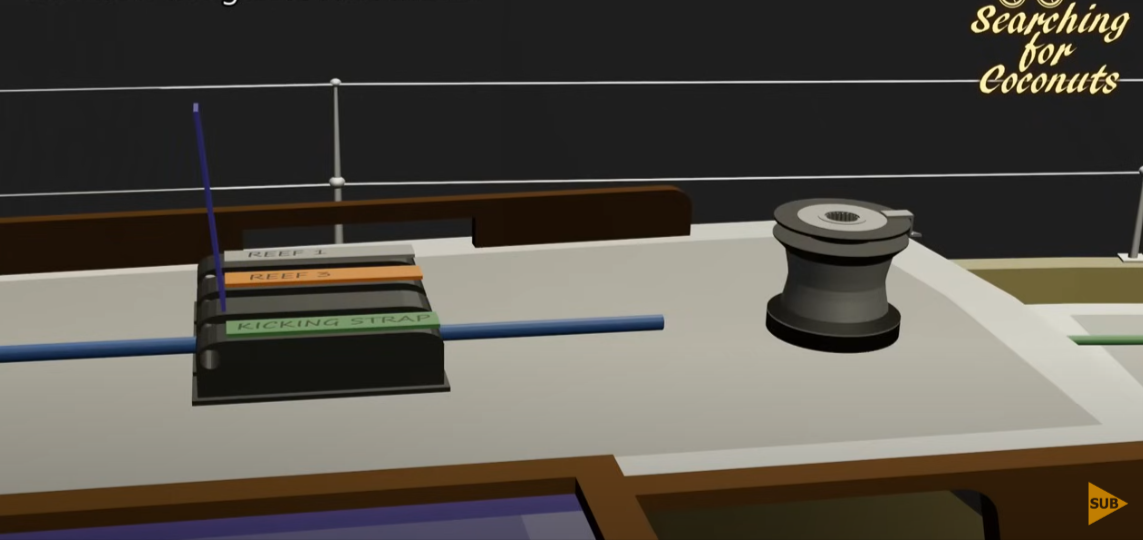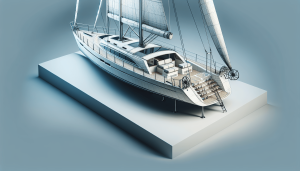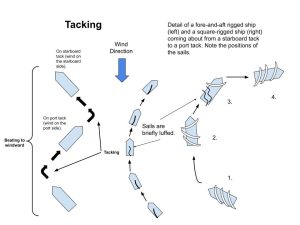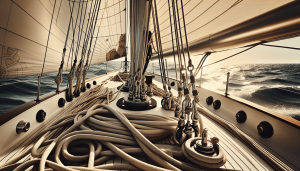Have you ever wondered what keeps a sailboat gliding gracefully across the water, propelled by nothing more than the wind? At the heart of this nautical dance is the sail rigging—a complex system of ropes, cables, and chains that work together to control the sails. Understanding its components can illuminate how these vessels harness the wind’s power, making it a fascinating study.
Understanding Sail Rigging
Before delving into the specifics of the different parts of the sail rigging, it’s essential to grasp the broader concept of what sail rigging is. Essentially, sail rigging refers to the system of lines, wires, and hardware that adjusts and controls the sails on a sailing vessel. This system is the backbone of any sailboat, relying on a meticulous arrangement that enables you to navigate and steer through the waters efficiently.
The Significance of Sail Rigging
Sail rigging is integral to the functioning of a sailboat, not merely as an operational necessity but as an art form in itself. The complexity and precision required in adjusting the rigging to adapt to wind conditions reflect the skill and knowledge inherent to sailing. It allows you to harness the power of the wind, converting it into motion through the sails, which, after all, is the essence of sailing.
Main Components of Sail Rigging
Sail rigging can be categorized into two main systems: the standing rigging and the running rigging. Each plays a distinct role in the operation of the sailboat.
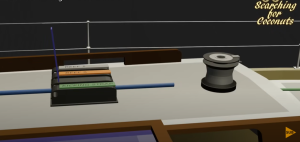
Standing Rigging
Standing rigging refers to the fixed rigging that supports the mast of the sailboat. It is designed to be stable and does not move during normal operation. Its main purpose is to keep the mast upright and secure, withstanding various forces of wind and sea.
- Mast: The mast is a tall, vertical pole that supports the sails and rigging. It’s pivotal in maintaining the sails’ shape and optimizing wind catchment.
- Shrouds: These are wire cables that run from the mast down to the sides of the boat. Their function is to provide lateral support to the mast, preventing it from swaying sideways.
- Stays: Similar to shrouds, stays are wire cables, but they run forward and aft. The forestay runs from the top of the mast to the bow, while the backstay extends to the stern. They provide longitudinal support, ensuring the mast does not topple forward or backward.
- Spreaders: Located on the mast, spreaders are horizontal spars that push the shrouds away from the mast, offering additional leverage and stability.
Running Rigging
The running rigging is the part of the sail rigging that is actively used to adjust the sails while sailing. Unlike standing rigging, it is dynamic and allows for manipulation to suit sailing conditions.
- Halyards: Halyards are lines used to hoist or lower the sails. They are critical for controlling the sails’ height and tension.
- Sheets: Sheets are lines that control the horizontal angle of the sails relative to the boat and the wind.
- Vangs: A vang is used to control the tension along the leech, or trailing edge, of a sail. There are two types: boom vangs and gaff vangs, both offering nuanced control over sail shape.
- Clewlines and Buntlines: These are used in special situations, mainly in square-rigged ships, to secure the lower edge of the sail, either for reefing or other sail adjustments.
Importance of Each Component
Each component of the sail rigging plays a distinct role, ensuring the sailboat operates smoothly under various wind conditions. Understanding the significance of these parts allows you to interpret the complex dynamics involved in sailing.
Mast and its Importance
The mast forms the backbone of the rigging system, supporting sails and riggings. Not only does it bear the physical load, but its design—whether single-masted or multi-masted—affects the speed and handling of the boat.
Shrouds and Stays: The Supporters
Shrouds and stays form a crucial network of support for the mast. By stabilizing the mast in different directions, they are tasked with ensuring the mast stands ready to harness wind energy without giving way under pressure.
The Dynamics of Halyards and Sheets
Halyards and sheets are the active control systems, the heartbeat of sail manipulation. While halyards manage the vertical aspect, sheets affect the horizontal plane. Together, they determine the direction and efficiency of sailing.
Adjusting Sail Rigging for Optimal Performance
One does not merely set the sails and forget them; rather, sailing is an active and ongoing process. Learning how to adjust sail rigging in response to wind changes is a core skill for anyone at the helm.
Mastering the Halyards
Knowing when and how to adjust your halyards is essential for optimizing sail shape and improving performance. A sufficiently tight halyard ensures the sail is taut, maximizing wind capture, while a loose halyard can hinder your progress.
Fine-Tuning the Sheets
Adjusting sheets can feel like a musical performance, tuning each line to perfection. As the wind shifts, the angle of the sails must be adapted, requiring constant vigilance and tactical changes to maintain optimal speed and direction.
Safety Considerations
Safety in sailing cannot be overstated. Understanding and maintaining your sail rigging ensures not only better performance but also the safety of all aboard.
Rigging Inspection and Maintenance
Regular checks for wear and tear on your rigging components are vital. Any damage to wires, fraying lines, or loose fittings must be addressed promptly to avoid failures that could compromise the vessel’s integrity.
Handling and Securing Lines
Knowledge of proper line handling is critical. Lines should be coiled neatly and secured to prevent tripping hazards or accidental loosening of sails, which could lead to dangerous situations.
Troubleshooting Common Rigging Issues
Despite the best preparations, sailing can bring surprises. Familiarity with common rigging problems allows for quick resolutions, minimizing disruptions during your voyage.
Dealing with a Jammed Halyard
A jammed halyard can spell trouble, hindering your ability to adjust the sails. Practicing solutions such as inspecting the mast track or using a bosun’s chair to identify and rectify blockages is prudent.
Preventing Line Tangles
Tangling is a bane for any sailor, but employing strategies like organized storage and using anti-tangle methods during operation can greatly reduce occurrences, making for smoother sailing.
Understanding Different Types of Sailboats
Each type of sailboat employs rigging differently, reflecting design and purpose. Not every boat uses the same rigging configuration, and recognizing these differences is important.
Sloop Rig
Sloops are the most common sailing configuration with a single mast and two sails: a mainsail and a headsail. This setup is straightforward and suits a wide range of sailing conditions.
Cutter Rig
A cutter features a single mast but carries more than one headsail. This arrangement provides more flexibility in sail settings and can be particularly effective in heavy winds.
Ketch and Yawl Rigs
Ketch and yawl rigs both use two masts: a mainmast and a smaller mizzenmast. They differ only in the placement of the mizzenmast relative to the rudder post. Their design facilitates better balance and handling, especially in diverse wind conditions.
Modern Innovations in Sail Rigging
Sail rigging has evolved significantly with technology, introducing materials and designs that enhance performance while reducing weight and maintenance.
Synthetic vs. Traditional Materials
The shift from traditional fibers to modern synthetics like Dyneema and Spectra represents a transformation in rigging material. These advancements increase strength and durability, reducing overall rigging weight.
Technological Enhancements
Innovations such as hydraulic vangs, automated furling systems, and carbon fiber masts showcase the move towards more efficient, less labor-intensive sailing, making this age-old practice more accessible and appealing in the modern world.
Conclusion
An understanding of sail rigging’s inner workings offers both a practical benefit and a glimpse into the art and science that propels sailboats. Whether you’re on a sunny lake or braving the open sea, each component of the rigging serves a unique and vital role. Mastering these elements can transform your sailing experience, allowing you to harness not just the wind but the sheer joy and challenge that sailing offers.

